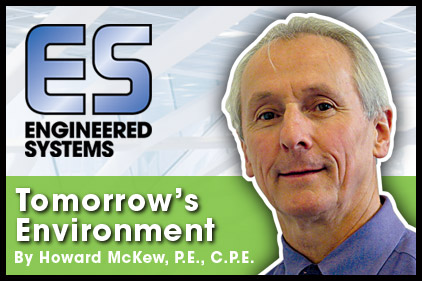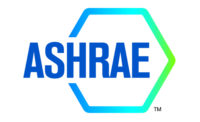Back in January 2011, I wrote in this column about hospital-acquired infection based on my introduction to this serious problem and my participating as a steering committee member for the Hospital Associated Infection Organization (HAIO).
Along with volunteering to participate in the HAIO, I have learned a lot more about hospital HVAC design considerations, as well as routine hospital activities associated with patient care. This year, I have partnered up with Dr. Stephanie Taylor, Taylor Healthcare Commissioning, Inc., to pursue a new business venture focused more specifically on the patient’s environment through third-party commissioning of infection control. The thinking is that we should be more aggressively pursuing infection control (IC) in sync with HVAC design engineering, startup, commissioning, building automation, and maintenance to the same level as the pharmaceutical industry achieved their clean room compliance.
During numerous conversations with other HAIO volunteers, we’ve come away with the belief (right or wrong) that the pharmaceutical industry is far more concerned with the quality of their service/product compared to the health care industry.
What I mean by this is that pharmaceutical facilities continuously design, build, operate, and maintain a clean environment to ensure that each of their products are protected from the work environment prior to leaving the facility. That isn’t always the case with hospitals for a long list of reasons, many of which are valid, along with not-so-valid reasons that need to change due to progressive thinking, insurance reimbursement, and to ensure the patient will leave the hospital healthier than when they entered. In other words, there needs to be a culture change or as they said in the 1980s a “paradigm shift” from current health care standards and enforcement of environment health policy and procedure.
THE NEXT ADVENTURE
Based on my years of health care engineering and system troubleshooting experience, I’ve always been aware that many hospitals do not hold their HVAC systems up to the standards set by the pharmaceutical industry. What I have recently learned is that IC within medical facilities does not always achieve the same quality control standards as the pharmaceutical industry, either. Many in the health care industry may dispute my assessment, but my partnering physician has referred me to enough articles (e.g., “Adverse Events in Hospitals: National Incidence Among Medical Beneficiaries,” Department of Heath and Human Services, November 2010) supporting the concerns with IC that include and go well beyond the HVAC systems.
This issue, which I’ve been keenly interested in for just over two years, got me to thinking that we have commissioning (Cx) of building systems and we have Cx of building envelopes, so why not Cx of IC?
Thus, my next great adventure is working with Dr. Taylor, who just happens to have multiple professional IC certifications, in pursuit of third-party commissioning of IC policies and procedures. Like my own Commissioning 1-2-3 building system process, we are formatting a Cx IC 1-2-3 that is being built on standardization, quality control, and time management.
Of course, the Cx IC process and its documents being developed are significantly different than building system Cx, but the approach will be the same beginning with data collection and communication, data analysis, solution planning, solution implementation, monitoring, measuring, benchmarking, and training.
With each project, we can include monitoring, measuring, and benchmarking using the 21st-century touchscreen approach that will efficiently assist in protecting health care facilities from those who would see IC (or lack of IC) documentation as an opportunity to financially benefit from this tragic situation. Our business plan is to embrace the use of handheld technology, iPods and iPads, in sync with the facility’s CMMS system to achieve continuous monitoring and reporting associated with IC.
Almost 100,000 people die each year from infections, with one report stating that an estimated 13.5% of hospitalized Medicare beneficiaries experienced adverse patient events (APE) during their hospital stays.
New health care laws are already focused on the financial liabilities associated with this broad range of APEs and, as the pharmaceutical industry learned a long time ago, money talks. If a pharmaceutical company is to survive and prosper, they must provide a clean room environment for research, product development, and manufacture of their products. Health care has a far more important and more sensitive product, and we believe Cx IC will help to eliminate APEs and contribute to better design, operation, and maintenance of health care facilities. ES






